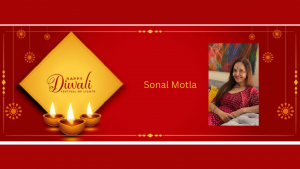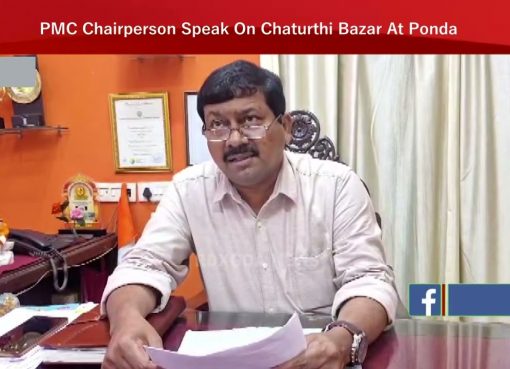
One of the most celebrated festivals, Deepawali, is round the corner. India is a country of festivals, its culture is steeped in the concept of celebration. Celebration of almost everything in life, birth, death, marriage, but besides these important milestones, we Indians, celebrate more festivals than any other culture.
Festivities are our cultural antidote to depression and loneliness.
With 330 million gods and goddesses to choose from and follow, each idol is a metaphor for varied aspects of wisdom and ideal.
From god and goddess in human visual form to the Sophistication of symbolism in Indian art is ancient and remarkable.
The Hindu religious visual iconography is rich and varied. It was designed to cater according to the capacities of the seeker. From the most intellectual logic to the simplicity of devotion, the entire spectrum is available.
As children, we were excited to celebrate the festival, by wearing new clothes, share food, partake in community rituals, light diyas, and celebrate with family and friends.
My father would narrate stories of the goddess that being a consort to one of the three main Gods, Vishnu, the nurturer of life, she was his Shakti (strength). She is shown wearing a red sari, the colour of Rajas, which means creative activity. The golden embroidery on her sari indicates plenty, as she is the Goddess of prosperity. Her Four Arms & Four Hands symbolize Dharma (duty), Artha (material wealth), Kama (desire) and Moksha (salvation).
She is seated on a Lotus To say “Live in the world, but do not be possessed by the world”. Just as the lotus is beautiful, untouched by muddy water it blooms in. Detachment and evolution are the message of this poetic symbol.
The owl is her vehicle, symbolizing the need for wisdom to welcome her. The four elephants around her, pouring water that suggests the flow of Purushartha (endeavor), to be continuously strengthened with wisdom, purity, and charity. We were mesmerized by his explanation.
As adolescents we were then explained about the three paths for a seeker of truth in Hinduism:
Tantra-“Tan”-tra, using body/ physicality to create energy
Mantra- A set of sacred syllables or sounds with correct pronunciation that generate certain energy.
Yantra- Sacred geometry with mystical diagrams act like visual energy centers, help in meditation practice.
Speaking of Laxmi, the traditional Lakshmi Yantra has interlocking triangles, the lotus flower, and a square with gates in each cardinal direction.
The influence of this rich visual iconography and symbolism is seen In contemporary Indian art as well.
The artistic interpretation of Laxmi varies from popular Raja Ravi Verma and Mulgaonkars lithograph prints that found way to altars, to a group of artists who came to be known as the Neo-Tantrics like Ghulam Rasool, Santosh, Biren De, KV Haridasan, Sohan Qadri, and of course RAZA.
Raza does not look upon his work as a religious experience, but as ‘significant form’.
The visual idiom drawn from mandalas and yantras are clearly visible in his work. During my collaboration with S.H.Raza for my show state of the Art in 1990, I remember discussing how he is inspired and fascinated by the forms of yantras and mandalas as pure spiritual geometry. He would say “Immense energy and potential were released by a simple yet essential form. It opened up a whole new vocabulary which corresponded in a sense to my training in Paris in formalism.” He had connected with the energy center of the sacred diagrams.
He believed that the colours he chose were the essential elements of his work, and visible colour was perceived by the retina but with other consequences it may have on our senses. He was concerned with developing a visual language of form and colour which could affect the other senses. Perhaps in colour, you can even hear sound! His experience had transcended form and colour to sound and energy; Mantra& Yantra!
Its astounding that the richness of the iconography developed hundreds of years ago, still inspires and influences creative people.
Just as the word Lakshmi originates from “Lakshya” which means “goal”, one’s goal will decide the manifestation of that aspect of the goddess in life.
My father would ask us to establish our relationship with Laxmi. Are you a “bhogi” (consumption oriented) to use her?
Or are you a guardian and treat her as a daughter that one nurtures and when mature, offer it with love for another.
Mindless Consumption and pride do not please her, she needs to be respected and her power is used for the nurturing of the society at large.
There are plenty of examples to see this in the world. There are examples of very wealthy people who have grown abundantly yet not consumed it all but shared with the society at large.
To live in luxury is a blessing , but it’s important to have a balance that comes from empathy and kindness for the ones around you.
This balance is where she smiles.
Happy Deepawali World!
Let the light within shine!
.
# Deepawali
#lakshmi
#papa
#sonalmotla






